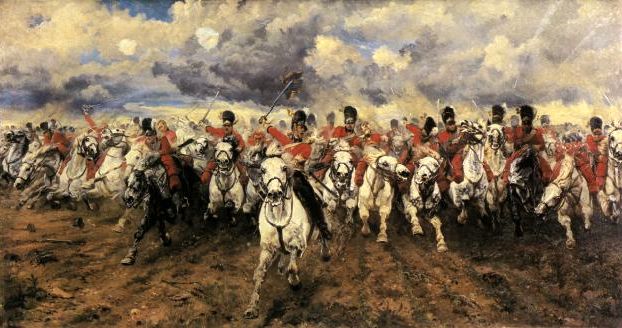Hi guys I'm back where I can actually post again (slow hotel connections...)
Firstly thanks again for the comments. I want to explain that the oil and hyraulic fluid leaks are from the vehicles that handle the luggage and catering adjacent to the aircraft.
As to the issue of what is a diorama. Gino's and Wirraway's idea of a diorama is one definition...ground, vehicle, figures and narrative.
What happens if you want to model where the events happened. Is it still a diorama...Anyone read the Nutshell Studies of Unexplained Death?
http://www.amazon.com/Nutshell-Studies-Unexplained-Death/dp/1580931456
These are dioramas of an event that has just happened. What if the time line is extended well past the event and the events are less dramatic?
What I am trying to do is show the history of the place I am modelling...the build-up of paint lines, the drips, the chips of paint all tell a story about what happens in that location. It is obvious that vehicles and people play a part in the story. The challenge is to make a scene that has such a subtle narrative interesting to look at, so I work very hard on composition.
I think that what I make are dioramas. I understand that many people on this board don't but I greatly appreciate the chance to share them (one other board was not so generous).
I would hope that Wirraway and Gino and others who share their p.o.v. could appreciate my models as diorama bases at the very least.
If I can draw a parallel with paintings.
There are paintings that depict a narrative (Charge at the battle of Waterloo)

and those that don't (Dutch still life)

And those that are abstract images (Piet Mondrian, Tableau No. 2))

Where do you draw the line?

If you go to an art gallery you will see them all, and they are considered valid.
Why would the same not apply to dioramas?